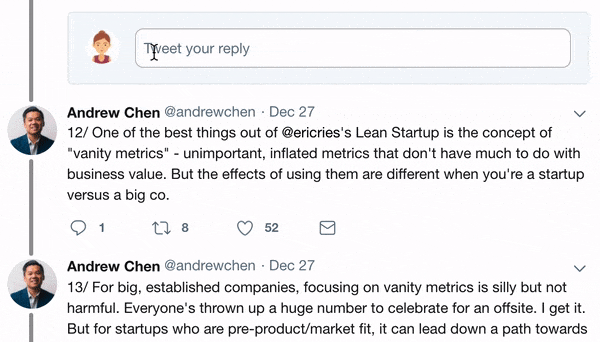
How to find edge(s) in markets, a thread.
It's tempting to use common models using price and volume (including technical analysis) on highly analyzed and very liquid markets, like the S&P. But, why would you expect to consistently make money with MA crossovers on E-Minis?
👇
It's tempting to use common models using price and volume (including technical analysis) on highly analyzed and very liquid markets, like the S&P. But, why would you expect to consistently make money with MA crossovers on E-Minis?
👇
You need something more than a simple system, given that these assets are highly watched and very accessible.
You can invest in more data and complicated models, but now you have to deal with: overfitting, competition with smarter more resourceful people, wasted time and money.
You can invest in more data and complicated models, but now you have to deal with: overfitting, competition with smarter more resourceful people, wasted time and money.
The good news is you don't have to solve these problems — you can find your edges in less frequently analyzed and relatively illiquid (but liquid enough for you) markets.
Trading firms will throw away strategies unless they make a certain $/mo (author of further down paper has put this at 20k/mo) to cover expenses (operations, infrastructure, quantitative researcher salaries). Find those strategies discarded by others. 20k/mo sounds good to me.
Find your edges in the center of your Venn diagram.
You're a collection of expertise, knowledge, values, hobbies, [lack of] expenses & constraints, resources, and network. The intersection of them is shared by very few people, or nobody at all, and it's your advantage.
You're a collection of expertise, knowledge, values, hobbies, [lack of] expenses & constraints, resources, and network. The intersection of them is shared by very few people, or nobody at all, and it's your advantage.
(This thinking is probably useful in your professional (and romantic?) life in general, i.e. everyone is special)
The "Developing & Backtesting Systematic Trading Strategies" paper, which I highly recommend, (r-forge.r-project.org/scm/viewvc.php…) has you list your constraints, costs and advantages before thinking about developing a strategy.
Value your time by making clear, falsifiable hypothesis that are rejected as early as possible.
Don't waste your time and money (see pinned) optimizing simple strategies in well traded markets, especially if you're a discretionary trader doing this optimization in real time.
Don't waste your time and money (see pinned) optimizing simple strategies in well traded markets, especially if you're a discretionary trader doing this optimization in real time.
• • •
Missing some Tweet in this thread? You can try to
force a refresh



